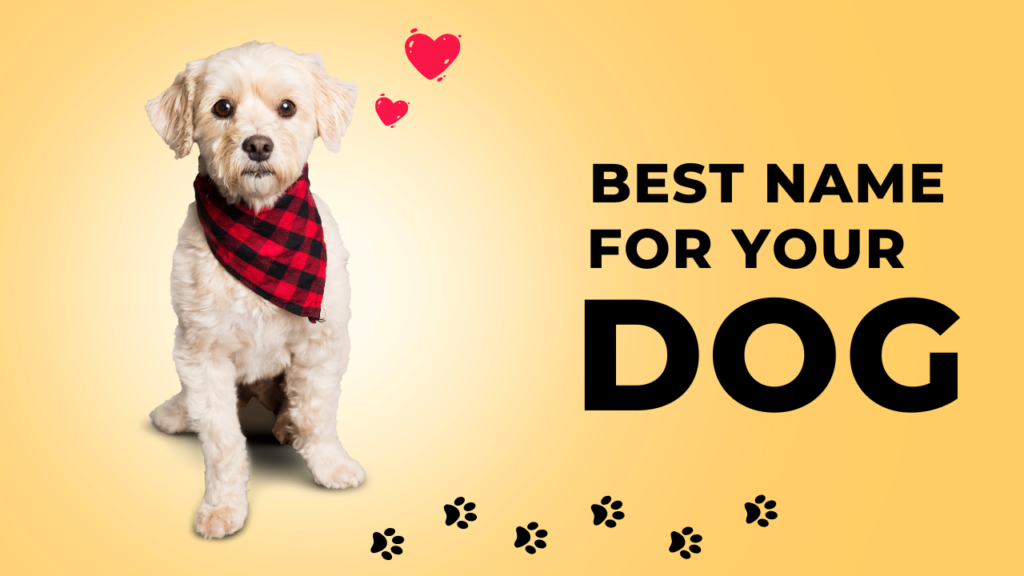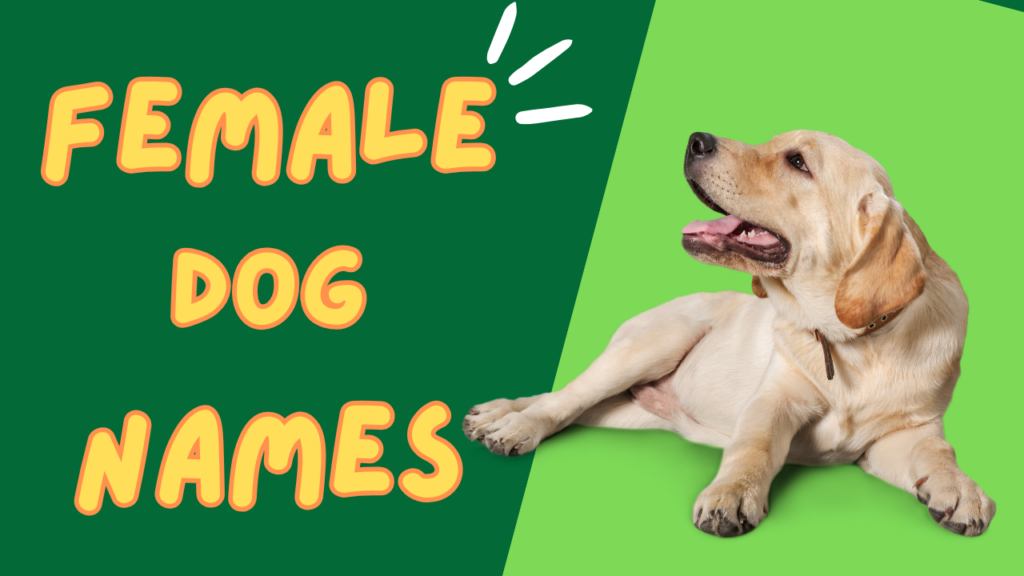The Greyhound is a breed synonymous with speed, grace, and noble bearing. Often recognized for its slim, aerodynamic build and unmatched sprinting ability, the Greyhound has long been celebrated not only as a racing and hunting dog but also as a gentle and affectionate companion. Despite their image as athletes, Greyhounds are surprisingly laid-back and adaptable pets, earning them the nickname “40-mph couch potatoes.”
Origins and History
The Greyhound is one of the oldest dog breeds in existence, with roots tracing back over 4,000 years to ancient Egypt. Depictions of Greyhound-like dogs appear in pharaonic art, suggesting their revered status. They were later embraced by the Greeks and Romans, admired for their speed, hunting prowess, and elegance.
Throughout the Middle Ages and Renaissance, Greyhounds were symbols of nobility and prestige in Europe. Only royalty and the elite were allowed to own them in some regions. Their primary use was coursing game such as deer and hare, relying on sight rather than scent—making them part of the sighthound family.
In more modern times, Greyhounds became central figures in the racing industry, especially in the United States and the United Kingdom. However, as racing has declined, many retired Greyhounds have found second careers as loving pets.
Appearance: Built for Speed
Greyhounds are instantly recognizable for their sleek, aerodynamic build. Everything about their structure—from their narrow head and deep chest to their long legs and tucked-up abdomen—is designed for speed. They can reach speeds of up to 45 miles per hour, making them one of the fastest dog breeds.
They typically stand between 27 to 30 inches at the shoulder and weigh 60 to 70 pounds, though females are usually a bit smaller. Despite their size, Greyhounds have a refined elegance and move with an effortless, gliding stride.
Their short, smooth coat comes in a wide variety of colors, including:
- Black
- White
- Fawn
- Blue (gray)
- Brindle
- Red
- Combinations of these with white
Their fine coat means they have little protection against extreme temperatures, so they often need coats or sweaters in colder weather.
Temperament and Personality
Many are surprised to learn that Greyhounds are gentle, quiet, and calm. They are affectionate with their families and tend to bond closely with their humans. Though they may appear aloof to strangers at first, most are friendly and social once they feel comfortable.
Greyhounds are typically low-energy indoors and love lounging around. They don’t need as much exercise as many assume—a couple of short walks and the occasional sprint in a secure area are usually enough. In fact, many Greyhounds are content with a soft bed and some human companionship.
They tend to get along well with other dogs, especially other sighthounds, but their high prey drive may make them unsuitable for homes with small pets like cats or rabbits unless carefully socialized.
Training and Exercise
Greyhounds are intelligent and eager to please, but they can also be independent and sensitive. They respond best to gentle, positive training methods and can be easily discouraged by harsh correction.
Because of their background in racing, many retired Greyhounds are not familiar with typical household life. They may need time to adjust to stairs, mirrors, or even televisions. Patience, consistency, and love help them transition beautifully.
Exercise requirements are moderate. They enjoy short bursts of high-speed play (called zoomies), but they’re more couch potatoes than marathon runners. A secure, fenced area is ideal for off-leash play, as their instinct to chase can override training.
Grooming and Care
Thanks to their short coats, Greyhounds are low-maintenance in terms of grooming. A weekly brushing and occasional bath will keep them clean and healthy. Their skin is thin and delicate, so it’s important to check for scrapes or injuries, especially after active play.
Their ears should be cleaned regularly, and nails should be trimmed often—they grow quickly and can crack if too long. Dental hygiene is also essential, as Greyhounds are prone to tartar buildup.
Due to their low body fat, Greyhounds are susceptible to temperature extremes and may need blankets in winter or cool surfaces in summer.
Health and Lifespan
Greyhounds are generally a healthy breed, with a life expectancy of 10 to 14 years. Common health concerns include:
- Bloat (gastric torsion) – a serious, life-threatening condition
- Osteosarcoma (bone cancer) – more common in larger breeds
- Anesthesia sensitivity – due to low body fat
- Dental disease
Many of these can be managed or mitigated with proper care, regular veterinary visits, and a healthy lifestyle.
Is the Greyhound Right for You?
If you’re seeking a calm, affectionate, and elegant companion that doesn’t require intense exercise or constant activity, the Greyhound may be a perfect fit. They do best in homes where they are not left alone for long periods and enjoy lounging with their family.
They’re great for first-time dog owners who are ready to provide love, comfort, and a soft place to nap. Retired racing Greyhounds are often already leash-trained and crate-savvy, making them especially easy to transition into pet life.
Conclusion
The Greyhound is a breed that defies expectations—famous for its speed but beloved for its gentle nature, low-maintenance care, and deep loyalty. Whether adopted from a rescue or purchased from a responsible breeder, Greyhounds make graceful and loving companions for those who understand their unique charm.

Andy Parker is a dog lover, writer, and senior editor at BarkPicks. With years of experience covering canine health, training, and gear, he helps pet parents make smarter choices for happier, healthier dogs. Andy shares his home (and heart) with two rescue pups, Charlie and Mia.



